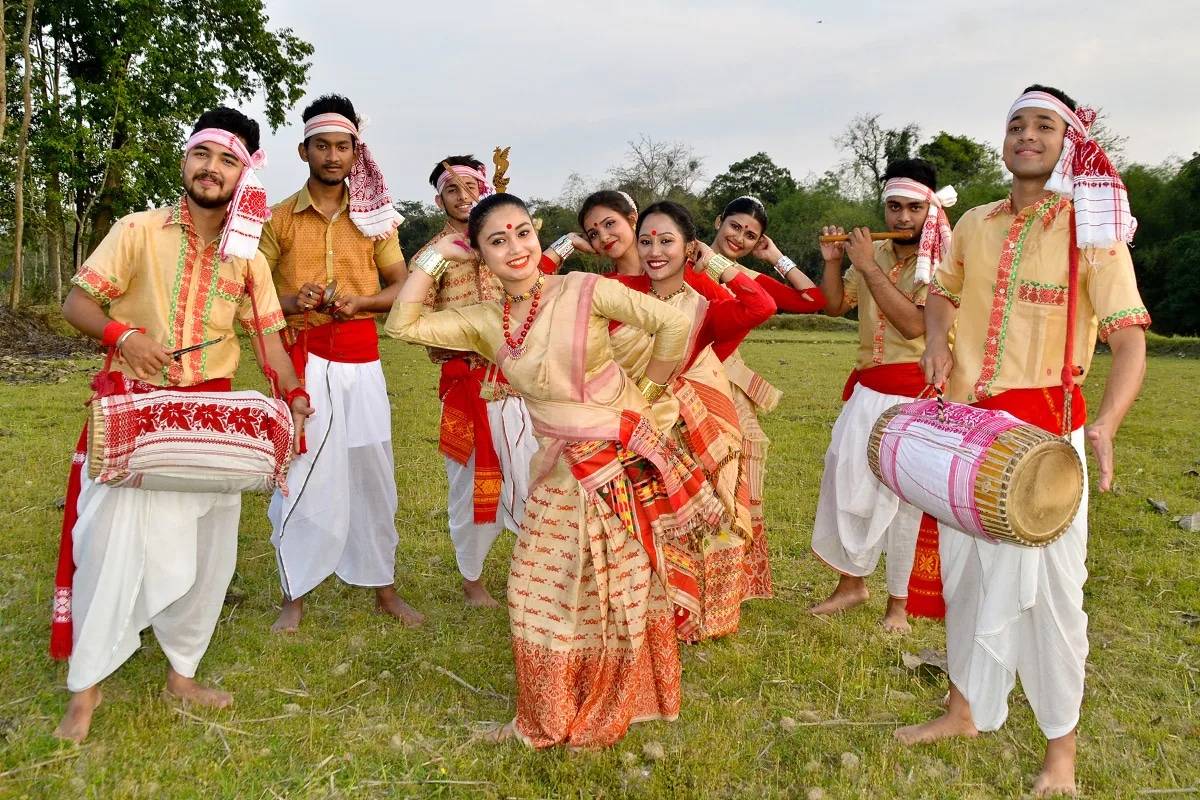
Assam is a rich region bordered by the Blue Mountains and fed by the Brahmaputra River. Agriculture is the people's occupation, and the entire civilisation is agricultural in character.
Bihu is a festival that commemorates the changing of the seasons. Each of the three Bihu festivities represents a significant milestone in Assam's agricultural cycle.
What Was the Origin of the Festival's Name?
The name Bihu is derived from the word "Bishu," which refers to individuals praying to the Gods for success during critical times of the harvesting season. The name was corrupted through time, and the celebration became known as Bihu.
According to another theory, the festival's name was derived from two words: "bi" which means "ask" and "hu" which means "gift." The name Bihu was created by combining these two words.
What Does Bihu Entail?
The Bihu celebration offers the Assamese people a distinct identity and helps them stand out in the nation's history. Bihu is a harvest celebration as well as a traditional Assamese identity. It is commemorated three times throughout the agricultural calendar's most important dates.
The first Bihu, also known as the Bohag Bihu or Rongali Bihu, takes place over seven days. It marks the beginning of spring, and farmers use this time to prepare their fields for planting. In Assam's environment, there is a prevailing sense of eating and celebration.
The following Bihu is known as Kati Bihu, and it is a more low-key affair. This Bihu is largely observed to ask blessings from the Gods in order to ensure that the crops are not harmed as they prepare for harvest.
Magh Bihu is the name of the last Bihu. The harvest season comes to a close with Magh Bihu. Because the granaries are filled and farmers no longer have to worry about their harvests, the focus during Magh Bihu is on feasting and rejoicing. Magh Bihu is a feast of food and entertainment that is celebrated with great zeal by all Assamese families throughout the world.
















